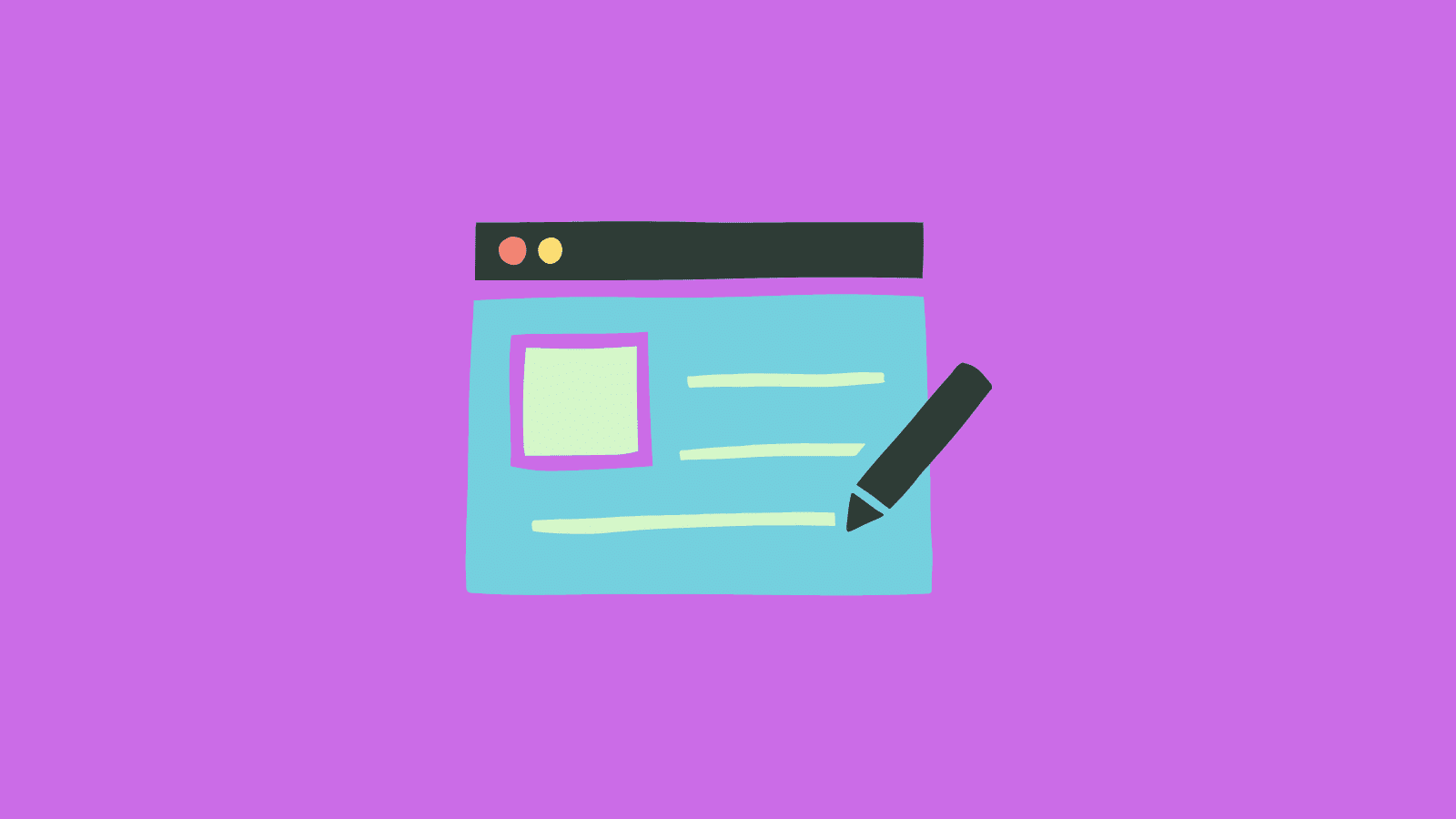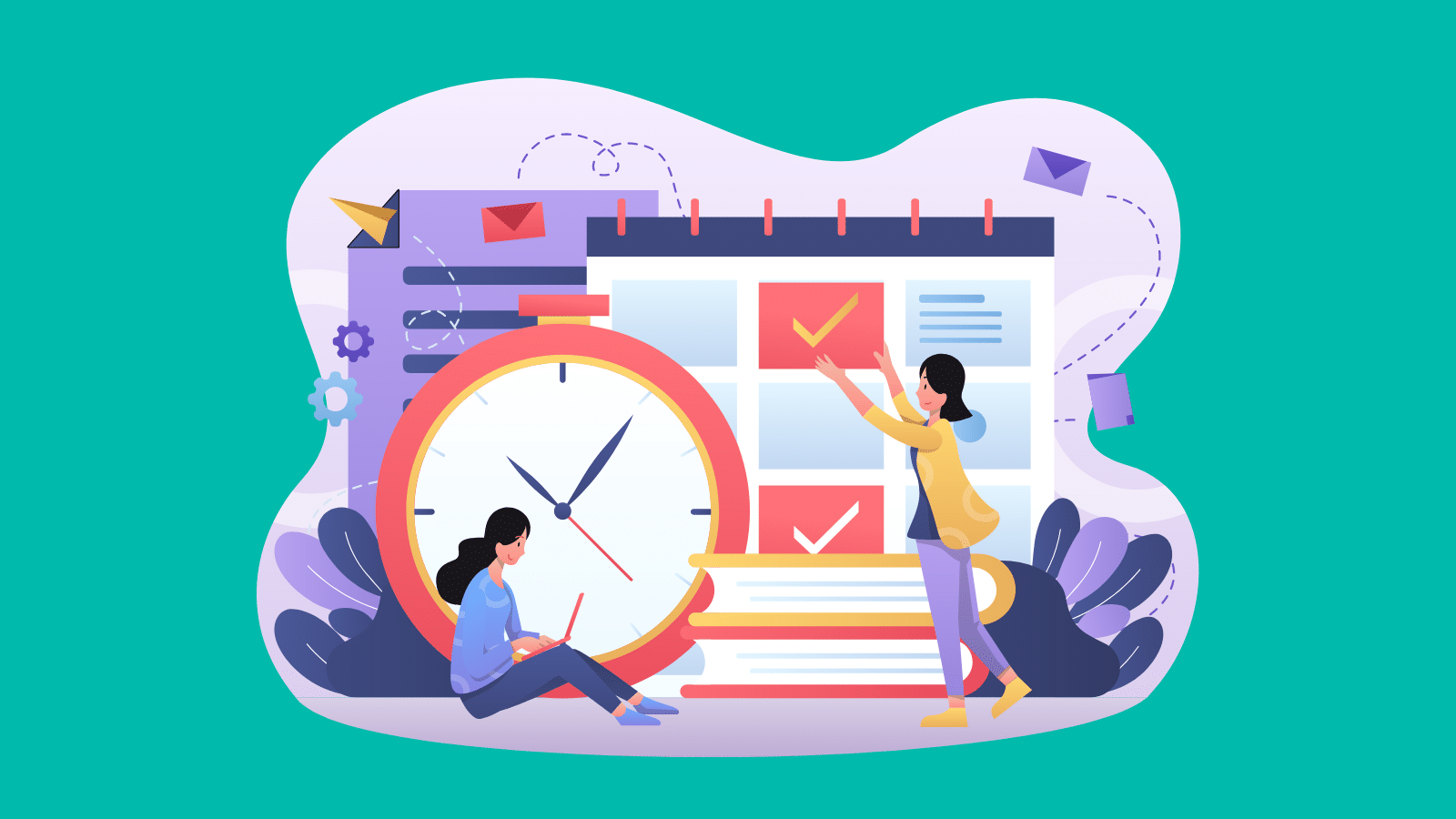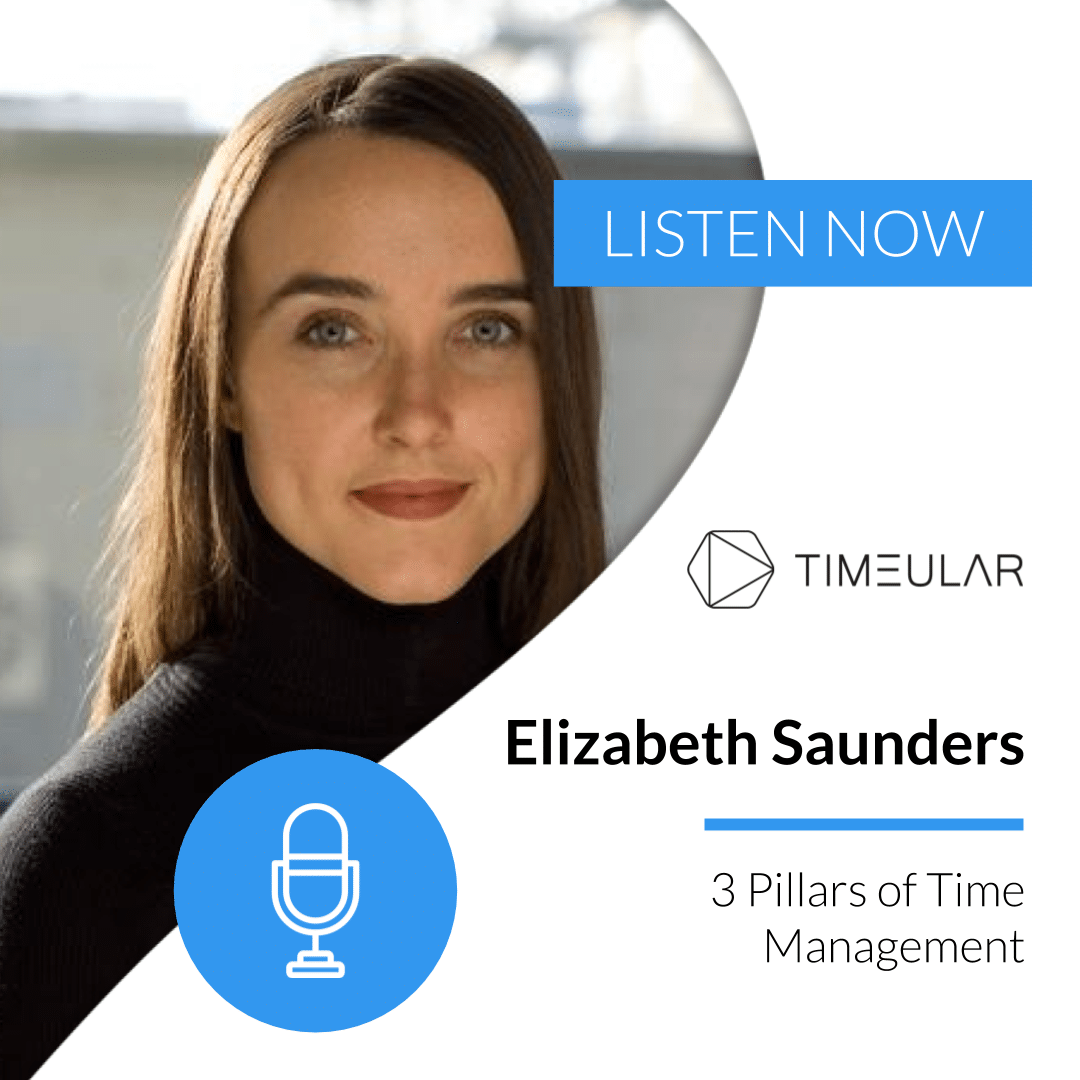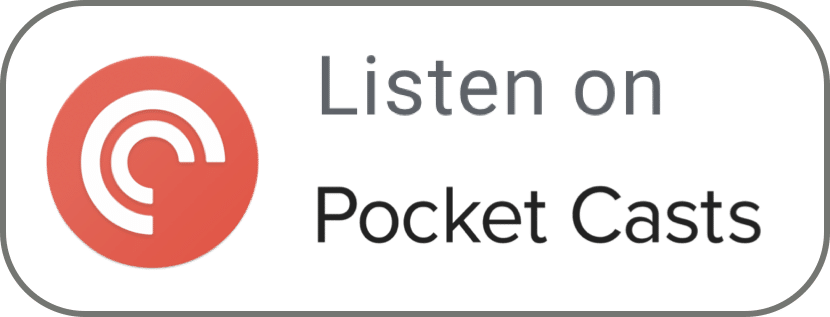Time tracking apps and blogs for productivity seem to be today’s trends. You can only become better at the things that you care about if you proactively take steps and actions to improve your skills, organization, and behavior.
A lot of experts and influencers are consistently talking about boosting productivity whilst trying to beat procrastination, but how can you know what works best for you?
Conquer your goals by proactively learning tips and hacks that will enable you to overcome daily challenges.
Thankfully, there’s more than enough information about this topic that you can follow and we’re glad to help you. Here’s our list of the 22 best productivity blogs in 2024.
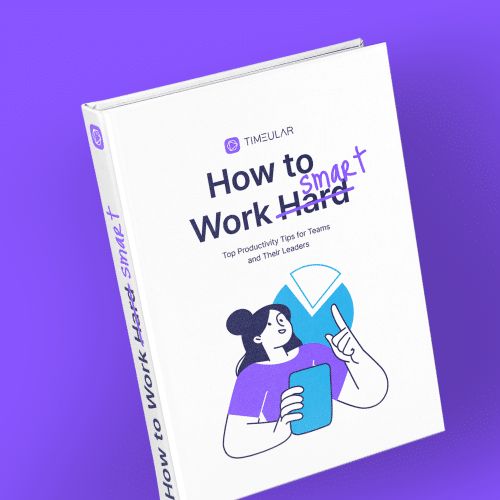
Free eBook: How to work smart, not hard
Get your free copy and learn top productivity tips for teams and their leaders
1. Timeular
The productivity time tracker tool runs an amazing blog that helps you boost productivity, and balance your work and your personal life in the best way possible.
Timeular aims to help people to live a healthier and more rewarding work-life, by unifying the best of time management analysis, knowledge, and tools into one great product.
The blog has several useful posts such as what is time tracking, what is time blocking, the best productivity podcasts, the best books for productivity, etc.
Fulfill your potential without sacrificing all the other good things in life with the Timeular time-tracking app.
2. Lifehacker
Whether you’re a manager or just a regular worker in your company, this app will for sure be a huge help.
Lifehacker has been one of the best productivity blogs over the last few years and allows people not only to read about productivity tips and hacks but also to share their own!
3. Mark Manson
His slogan? Life Advice That Doesn’t Suck, and that’s exactly what you’ll get.
In his blog, the #1 NY Times Bestselling author Mark Mason writes some life advice and different fields, such as philosophy, psychology, relationships, productivity, and society
4. 99U
99U is a creative career resource from Adobe. This blog will help you supercharge your work and make your best ideas happen!
It strongly focuses on honing creativity and gives tips on both navigating entrepreneurship and reaching the perfect work-life balance.
5. MakeUseOf
Founded back in 2007, MUO is nowadays one of the largest technology-oriented productivity blogs on the web.
You can easily find tips and tricks on technology and how it makes your life better, as well as useful productivity techniques.
6. The Digital Project Manager
The Digital Project Manager helps you through articles, podcasts, newsletters, courses, and members community the best productivity hacks on doing more in less time.
Here, you can find the right project management tool for your daily specific needs.
7. Tim Ferriss
Tim Ferriss has won a 3-times annual “Best of” Apple podcast, has over 700 million episodes downloaded, and over 10.000 5-star reviews. If that doesn’t convince you, not sure what will.
Tim Ferriss found the secret behind working a maximum of four hours a week and shares the best tips for productivity and leadership.

Ready to make the most of every minute? Start tracking your time now!
8. Exile Lifestyle
The author of this blog, Colin Wright, has been traveling the world full-time since 2009 and documents his minimalist lifestyle along the way.
He writes books, produces podcasts, publishes periodicals, and speaks to audiences around the world.
9. Becoming Minimalist
Speaking of minimalism, Joshua Becker, the owner of Becoming Minimalist, has over 1M readers every month and inspires people to pursue their greatest passions by owning fewer possessions.
10. Zen Habits
‘Drink your tea slowly and reverently, as if it is the axis on which the world earth revolves.’ – Thich Nhat Hanh.
According to the author Leo Babauta: “Zen Habits is about finding simplicity and mindfulness in the daily chaos of our lives. It’s about clearing the clutter so we can focus on what’s important, create something amazing, find happiness.”
11. Keep Productive
The mission? To help you find the perfect productivity tools and hacks for your work-life routine. It focuses on software courses, deals, articles, and YouTube videos on how to find a better work/life balance.
12. Steve Pavlina
This is one of the most popular personal development websites now. Here, you can find inspiration and motivation to go through your daily tasks and routines, while growing as a conscious human being.
If you’re looking for a personal transformation, this blog is definitely for you.

Free eBook: How to work smart, not hard
Get your free copy and learn top productivity tips for teams and their leaders
13. Barking Up the Wrong Tree
Barking Up the Wrong Tree is written by The Wall Street Journal bestselling author Eric Barker and speaks on different angles of productivity.
You can find multiple articles about neuroscience, emotional intelligence, how to increase productivity, how to become successful, how to be resilient, etc.
14. Marie Forleo
Marie Forleo is an entrepreneur, writer, philanthropist, and motivational speaker who wishes to help everyone become the person they want to be.
Through his blog, various courses, a world-class training program called MarieTV, and a podcast, Marie helps people to dream big and build meaningful actions to create results. If you’re ready for a whole new life, this blog is for you.
15. A Life of Productivity
One of the best blogs for productivity that you can follow.
This blog has many articles to help you through various categories, such as time management, energy, focus, productivity, technology, meditation, and mindfulness, among others.
Why is “A life of productivity” one of the best productivity blogs? The author Chris, besides helping others to become more productive, is utterly obsessed with productivity himself.
16. The Muse
The Muse is a platform to help people to be the best professionals they can be. It offers the readers career-based productivity tips and hacks and helps them grow their careers and hopefully find a dream job.
17. Full Focus
Michael Hyatt, the founder of Full Focus, shares with his readers some personal and professional life hacks and how you can succeed in health, relationships, hobbies, passions, and productivity.
He developed a plan that would enable him to be successful at work without having to sacrifice his personal life.
18. David Seah
Are you looking for one of the best productivity blogs that provide you with tools to increase your performance? Then, David Seah’s blog is what you need.
David Seah is responsible for creating numerous downloadable productivity tools such as time tracking, goal setting, task management, and forming habits.
So, if you’re trying to be faster, better, and stronger, you should check it out.
19. Pick the Brain
Pick The Brain is a blog dedicated to self-improvement. The founder Erin Falconer aims to help people to live a more prosperous and satisfying life, through 5 main topics: personal productivity, motivation, self-education, psychology, and philosophy.
20. Dumb Little Man
The last blog at the top of best blogs for productivity is “Dumb Little Man”. Spoiler alert, it’s not that dumb.
This blog gives you many tips in many areas of your life and how to ensure success in each one of them.
It talks about how you can improve your physical and mental health, how to lose the fear of failure, step out of your comfort zone, etc. Here you can find advice on happiness, positive habits, and gratitude.

Ready to crush your goals? Track your time and enhance your productivity!
There you have it, our carefully selected list of the best productivity blogs, in our opinion. What makes them the best, you may ask? Because these are the ones, we believe can help you overcome challenges, make the right choices, change habits, and stay inspired.
21. James Clear
In his self-titled blog, James Clear explores the behavioral psychology behind habit and productivity through real-life application and interviews.
We like his ability to present science-backed information and data in meaningful real-life ways by linking them to successful people.
One of his most popular articles focuses on the UK’s professional cyclist team’s General Manager, Dave Brailsford’s, plan to win the Tour De France by improving everything they did by 1%. Spoiler alert: They win the next two Tour De Frances.
In addition to having home-run content, Clear’s website is great. Like, great. There’s a very natural and intuitive flow about the organization which highlights his best articles and arranges them by category, and all his tips are very hands-on and powerful. Not to be missed!
22. Scott H. Young
Head to Scott Young’s blog for some serious productivity inspiration. He has over 1000 articles categorized under topics like “Social Skills,” “Discipline”, “Business,” and “Career,” as well as some truly impressive projects.
Want to see someone who learned four languages in one year? Markedly improved his portrait drawing skills in thirty days? Learned MIT’s four-year Baccalaureate computer science degree in ONE YEAR? Scott’s your guy.
His awesome feats help you dream big and then make it happen with his specific tips and guidance. He writes in a way to encourage his readers to always be looking for ways to improve their everyday life – think Tim Ferriss-esque goals but even more specific and, at times, obscure.
Conclusion
You can always improve your career and productivity, without having to compromise your personal life.
If you set realistic goals, you can always achieve them and be successful and productive whilst being happy. And one of the easiest ways to increase productivity is by saving time.
Using time tracking software, like Timeular, will help you manage better your time. In the end, you’ll enjoy a more rewarding life.
You might be interested in:
